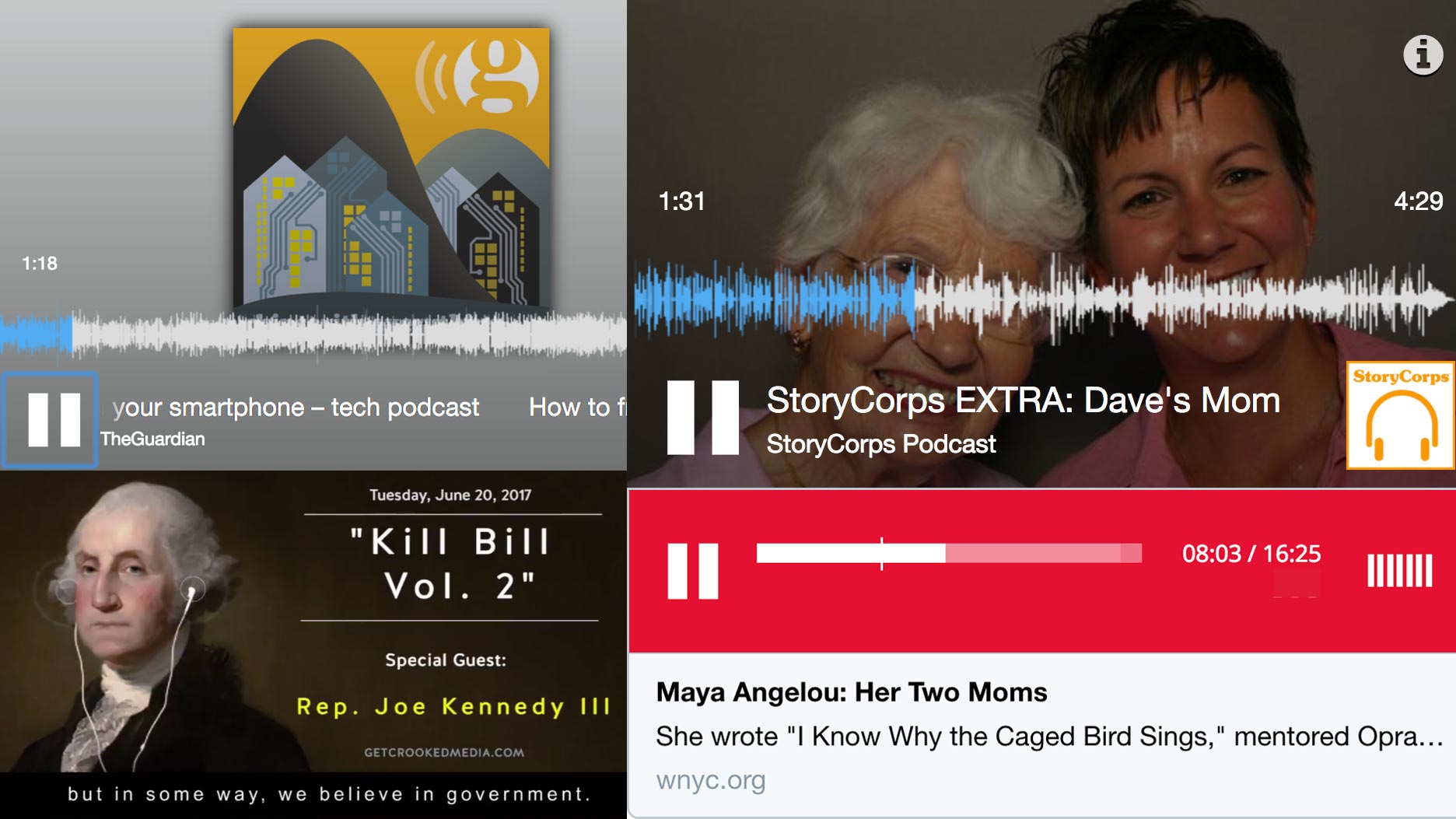Move quickly to prepare for game-changing ATSC 3.0
ATSC 3.0’s potential for significant impact on the business and delivery of television heralds a game-changing opportunity for TV broadcasters. Its applications also have significant implications for the entire media world.
The technology occupied center stage at last month’s National Association of Broadcasters show in Las Vegas. Driving the excitement was an almost universal belief that the new standard will create a new operating and business model for the TV industry.
During the NAB sessions, group owners and investors focused on the consumer applications of this innovative new standard. Commercial television companies foresee a big increase in operating income and profits. As a result, they are immersed in ATSC 3.0 planning, rapidly envisioning a range of new products and services to be implemented over the next two years.
By comparison, public media is moving more slowly. At PBS TechCon, which preceded NAB, sessions were primarily focused on engineering and technical implementation issues. Discussions seemed to center on ATSC 3.0 as a source for better pictures and sound but not as a fundamental change that will reshape the public television system’s business model.
As Dennis Haarsager describes in his accompanying column, there’s a tremendous amount of potential for public TV to use ATSC 3.0, particularly to deliver educational services. These capabilities hearken back to the public television’s core mission in education. Stations will be able to create their own customized, targeted channels, combining the best content from PBS with their own.
And, of course, public broadcasters hope to deploy ATSC 3.0 technology to deliver much-improved emergency alert services to our communities. Under the FCC’s rules for ancillary/supplementary uses of television spectrum, we also see opportunities for significant new revenues from commercial or business partnerships that would support local public service and educational efforts.
A consistent theme running through the NAB discussions was the importance of developing partnerships around this new technology. This emphasis could open the door to joint ventures between public stations and commercial television group owners. In the commercial world, these partnerships are focused on delivery of addressable content — advertising and marketing that is tailored to individual households and consumers. Joint ventures between public stations and commercial television group owners could develop in areas such as education or revenue-producing commercial ventures.
I believe that the public television system needs to move quickly to assess the full range of opportunities coming from ATSC 3.0. I’d recommend that public broadcasters consider the following key steps to move this forward:
- Establish a working group of station leaders, engineers and potential funders to discuss and home in on the most promising ATSC 3.0 opportunities for stations and local service.
- Educate our entire community, including board members and station leadership, quickly about ATSC 3.0’s capabilities and rapidly approaching decision points. These will include technical and equipment decisions tied to the FCC’s post-auction repacking process, the anticipated FCC decision on ATSC 3.0 adoption and system-wide planning that will be needed to pursue the educational, public service and commercial opportunities presented by the new standard.
- Agree on a few specific opportunities, potentially in education and public safety, on which stations might focus in the near term to leverage the public service opportunity of 3.0.
- Begin to explore partnerships with commercial enterprises to use ATSC 3.0 for revenue-generating purposes.
Public Media Company is organizing an initial planning meeting to convene a group of 15 to 20 station leaders to discuss opportunities that the new standard presents for local stations. Please let us know if your station wants to participate, now or in other future meetings.
Like our commercial colleagues, public television should position itself to take advantage of the potential of this significant new technology as soon as it’s available to us. Our communities will benefit from it, and the public broadcasting system as a whole can ultimately grow new revenues and mission-focused services in a new ATSC 3.0 world.
Marc Hand is the c.e.o. and co-founder of Public Media Company, a national nonprofit that fosters public media growth. He builds strategic public media alliances, educates financial institutions on public media investments and provides expertise on all aspects of public media transactions based on his 30-year career as a public and commercial media advisor and owner of commercial stations. Hand spent five years at the Station Resource Group helping public radio stations expand services via acquisitions, collaborations and partnerships, leading to the development of Public Media Company in 2001.






